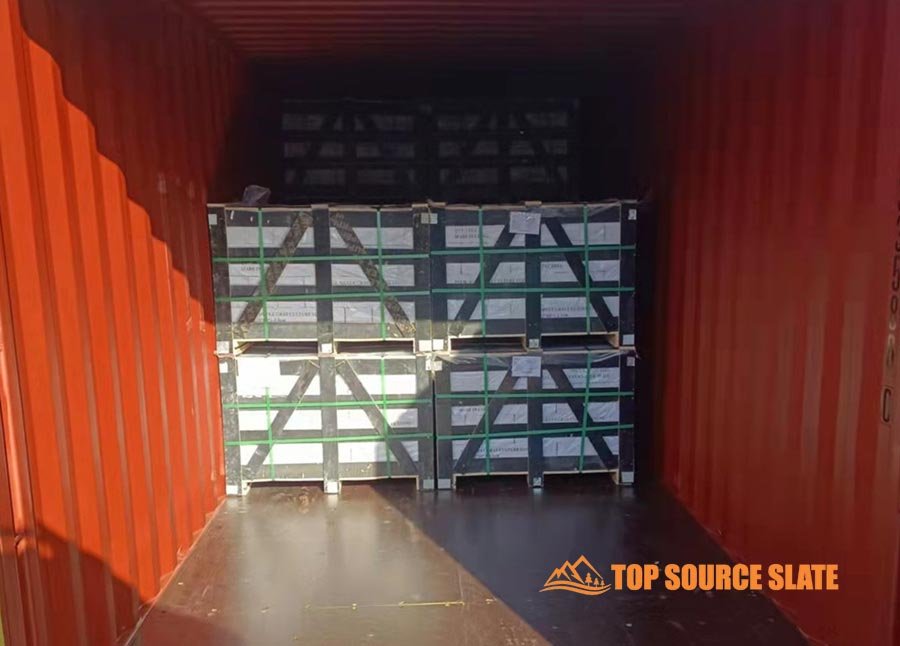The stacked stone panels & carrelage that we see in stores don’t just get there magically. Instead, the transportation process is comprehensive, and the natural stone veneer has to go through many phases before they reach the stores. One of these phases is loading the stacked stone cladding into a container.
If you want to know more about the loading process, then keep on reading.
1. Securing The Plywood Crates
Before beginning the loading process, the supplier has to ensure that all the plywood crates are secure. If they are not, they have to secure them using foam sheets and wooden bars. The wooden bars are nailed on top of the crates so that all the cartons inside can stay in place.
Besides that, the foam sheet guarantees that the cartons remain safe and the stones don’t break during the transportation process. After that, it is time to begin the loading process and place the plywood crates inside the container.
2. Loading The Plywood Crates Into The Container
Once all the crates are secure, the supplier has to load each crate and place it inside the container. A forklift is used to carry all the plywood crates and load them into the container. The crates are placed one by one until the entire container is filled with plywood crates.
The process takes a little bit of time as someone has to operate the forklift and ensure that the plywood crates go inside with ease. Usually, this will take the most time in the loading process.
3. Stacking Them On One Another
The manufacturer has to ensure that the plywood crates fill the container in the best way possible. That is why each plywood crate is stacked on top of another. Besides that, they are loaded in such a way that there is no gap left between each crate.
Storing in such close proximity guarantees that no crate has the space to move down, fall, and break the stones inside. Each manufacturer might also have a different way of stacking the crates and storing them in the container.
4. Filling It Up Till The Container Is Full
Finally, the plywood crates are loaded into the container until the container is full. This process takes a while, but once all the plywood crates are loaded, the container is closed and then secured so that it can make its way to the store with ease. The containers are built sturdy and can take a lot of weight, ensuring the stones with high quality and reach the destination without damage.
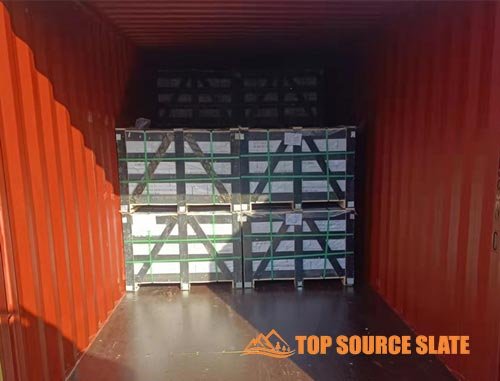
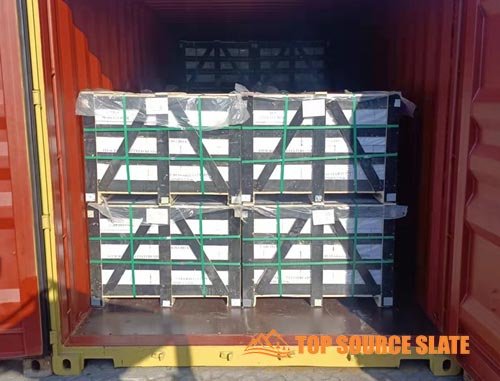
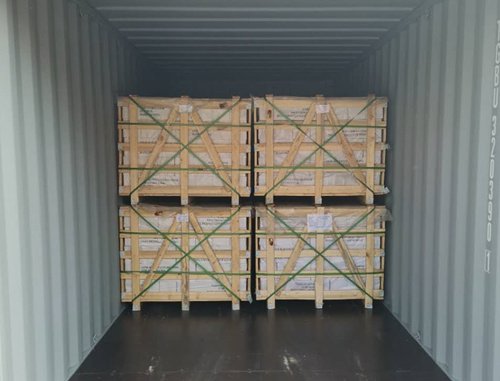
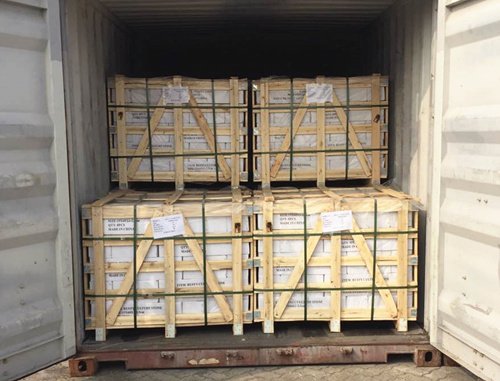
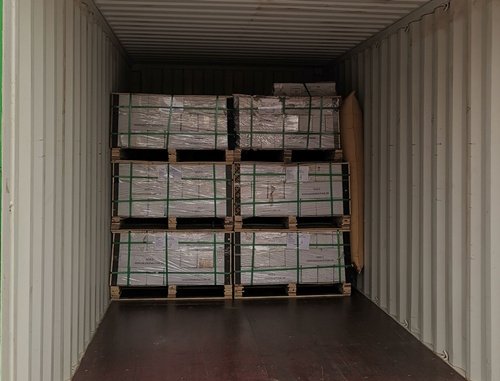
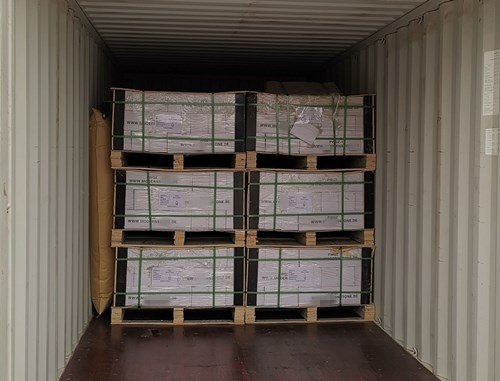
Derniers mots
That is how slate ledge stone panels are loaded into a container. The key is to package all the stones and secure them properly so that they can be loaded with ease. The loading process is also fragile, and one has to be careful to load everything accurately.
Once everything is loaded, the container is secured, and the truck leaves the premises so that the ledgestone panel 6″ x24″ can reach its destination. Remember, the process is comprehensive and takes a lot of time.
Welcome to Contactez-nous for further information!

